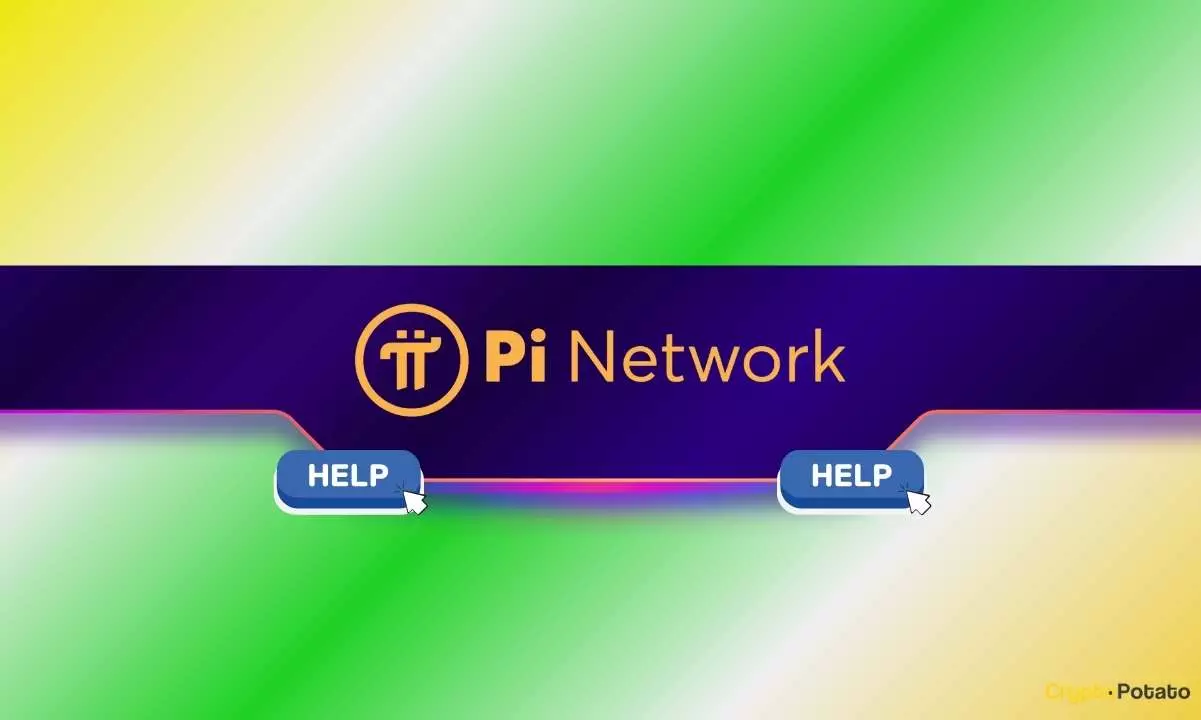In its nearly six-year existence, Pi Network has continuously turned heads within the cryptocurrency space, primarily due to its unique approach to mining and community engagement. Despite the significant anticipation, users are still waiting for the much-lauded launch of its native token and an open mainnet. A critical factor in this delay has been the Know-Your-Customer (KYC) verification process that users must navigate before they can fully participate in the ecosystem. Recently, Pi Network announced a mechanism allowing users to appeal name mismatches and make minor corrections to mobile numbers. This development aims to assist users in successfully completing their KYC verifications, a crucial step towards unlocking the platform’s full potential.
The KYC process has become a bottleneck for many users, as it requires the verification of personal details against what is registered on the platform. The organization has faced criticism due to recurrent deadline extensions, with the latest grace period shifting from January 31 to February 28. Users are understandably frustrated, as these adjustments can create uncertainty regarding the timeline for the token launch.
Amidst these challenges, Pi Network has actively sought to engage its community more meaningfully. The introduction of dedicated Telegram groups has provided a platform for users to seek assistance from moderators who can clarify processes and answer common questions. This commitment reflects the project’s aim to build a robust framework of support around its growing user base. The iterative nature of this guidance demonstrates an adaptability that is often lacking in many tech projects.
In an environment often characterized by frustration and anxieties surrounding KYC submissions, these community-centered initiatives seek to alleviate some of the concerns expressed by users. Moreover, the introduction of appealing options for name mismatches and the chance to correct minor errors in mobile numbers signify productive steps towards reducing barriers to entry for newcomers and existing users alike. However, the requirement that users forfeit part of their mobile balance for name adjustments raises critical questions about equity within the platform, particularly for those who may have originally made minor mistakes.
Despite the controversies that characterize the project, it is remarkable how Pi Network has eclipsed the significant milestone of over 100 million downloads. Its success appears particularly pronounced in Asia, specifically in countries like South Korea, India, and Vietnam, where the community has burgeoned. The increasing number of users is notable, with reports indicating that South Korea alone boasts over 1.3 million users, surpassing the local user bases of major exchanges like Binance and Coinbase.
This rapid popularity in Asian markets highlights a broader trend; Pi Network has become a hot topic for discussion among crypto enthusiasts. For instance, gatherings such as the recent Megha Event in India show that advocates of the platform are willing to engage in community-building efforts despite the uncertainty surrounding the token launch and operational clarity from the developers.
As the Pi Network navigates this complex landscape of user engagement and regulatory compliance, it faces both excitement and skepticism in equal measure. Followers on social media platforms like X indicate an engaged community eager for developments, yet discontent fester regarding the slow rollout of functional products and tools.
Pi Network’s journey is marked by notable community support and loyalty despite growing pains. The recent updates to the KYC process showcase the organization’s willingness to adapt to user needs; however, these adjustments also illuminate inherent tensions that could affect long-term user trust. As the project continues to ramp up user engagement while navigating real challenges, the next steps will be crucial in determining whether it can transform its community-driven model into a fully functional, user-oriented platform that retains its early adopters and attracts new ones. The anticipation surrounding the eventual token launch remains palpable, but it is the management of user expectations and experiences that will define the future trajectory of Pi Network.
















Leave a Reply